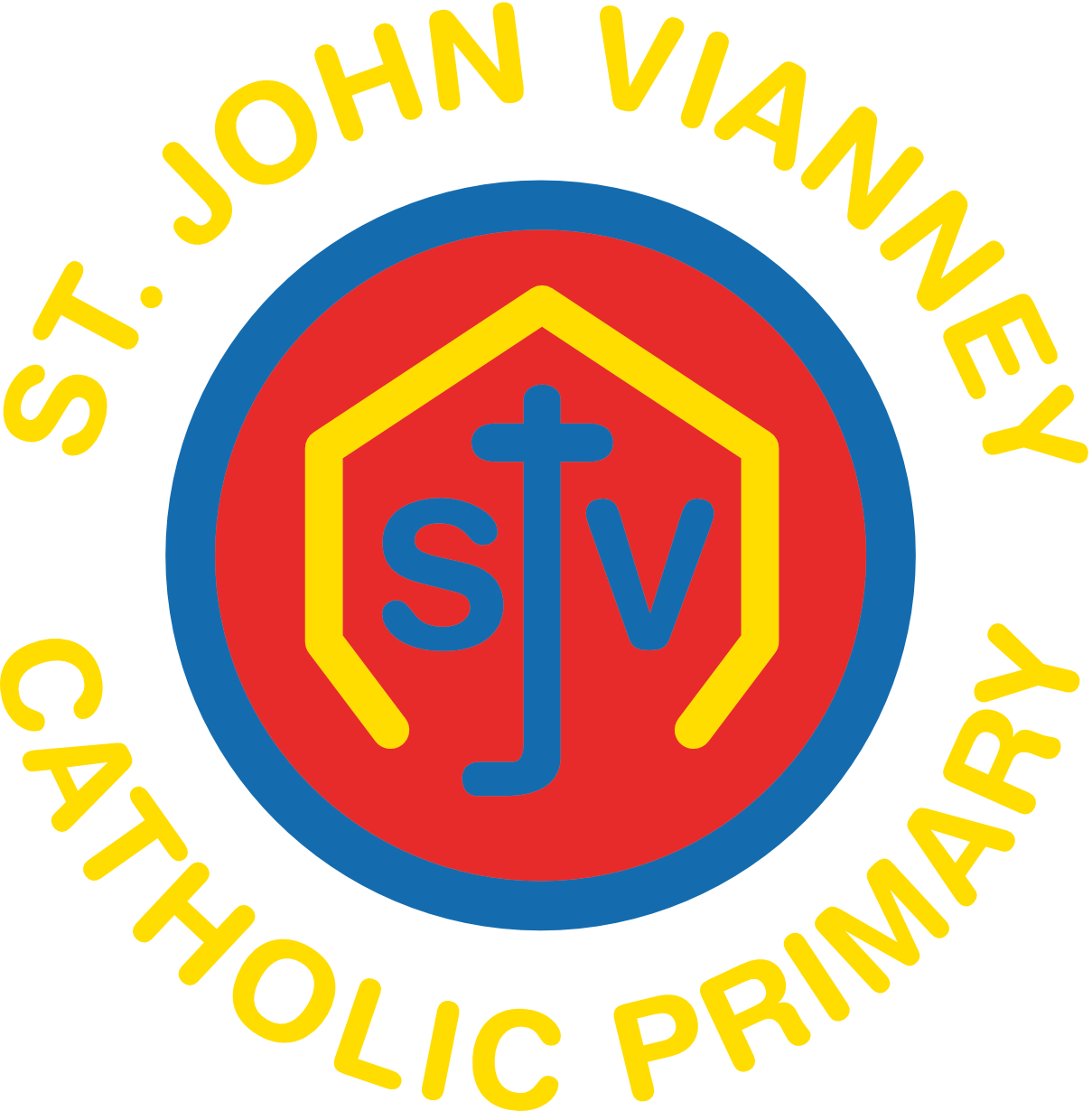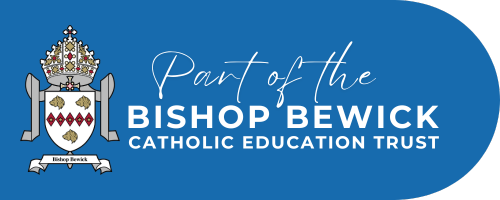
History
History
At St. John Vianney Primary School, History forms an important part of the curriculum. We believe that nurturing and developing the children’s curiosity about the past helps to support their understanding of both the present and future.
History at St John Vianney involves the study of a range of different historical periods, eras and civilisations and encompasses historical study of the local area, Britain and the wider world. Through History, we encourage children to think deeply, question sources of evidence and arrive at judgements about events in the past.
INTENT:
The intent of History teaching at St John Vianney is to equip children with a strong knowledge about the past and a rich vocabulary to support their understanding. Through History, we aim to inspire children to ask questions and think critically about key events of the past and consider the impacts of such events in the present.
At St John Vianney, engaging teaching ensures that children:
Develop a curiosity about past events, both in Britain and the wider world, and how they have impacted on one another;
Understand the complexity of the lives of people in the past, how lives have changed over time and how this impacts on our lives today;
Challenge and use sources of evidence to support judgements or refute ideas about past events;
Understand the chronology of British and World History and use a range of terms to describe chronology;
Develop in children the skills of historical enquiry.
IMPLEMENTATION:
We teach History through engaging and thought-provoking lessons, which consistently build upon, and are tailored to, the prior knowledge of the children and learning in previous year groups. We give children unique learning experiences and memorable opportunities to explore the past through educational trips and visitors to school. Examples of this include visits to the Roman Wall and Vindolanda, Beamish Museum and The Oriental Museum at Durham which provide opportunities for children to experience different sources of evidence (including other people’s experiences and knowledge).
IMPACT:
CULTURAL CAPITAL:
At St. John Vianney school, we approach cultural capital through History. The Cultural Learning Alliance defines cultural capital as a way to ‘celebrate and embrace the different backgrounds, heritage, language and traditions of all the children living in this country’.
At St. John Vianney school, we promote a varied curriculum that taps into many of the social, moral, spiritual and cultural elements that help a child be prepared for the next step in their lives. This is achieved in a multitude of ways including providing plenty of opportunities to explore new activities through lunchtime and after-school clubs, prioritising school trips (to venues including The Oriental Museum, Vindolanda, The Roman Wall) and providing many opportunities for questioning, curiosity and creativity through the History curriculum delivered. We also aim to build experiences and knowledge through History by immersing children in the history around them. Examples of this in History include: understanding how history has shaped our future, celebrating different traditions through time, educational visits linked to our topics, and bringing history to life through visits and visitors to school.
After-school clubs as well as a rich and varied curriculum provide an opportunity to introduce activities to help develop pupils’ cultural capital hands on. These include class History projects and outdoor learning activities in addition to providing many external experiences through school trips and visits.


